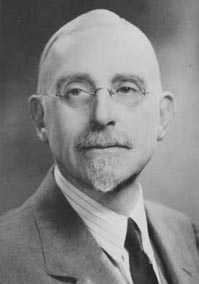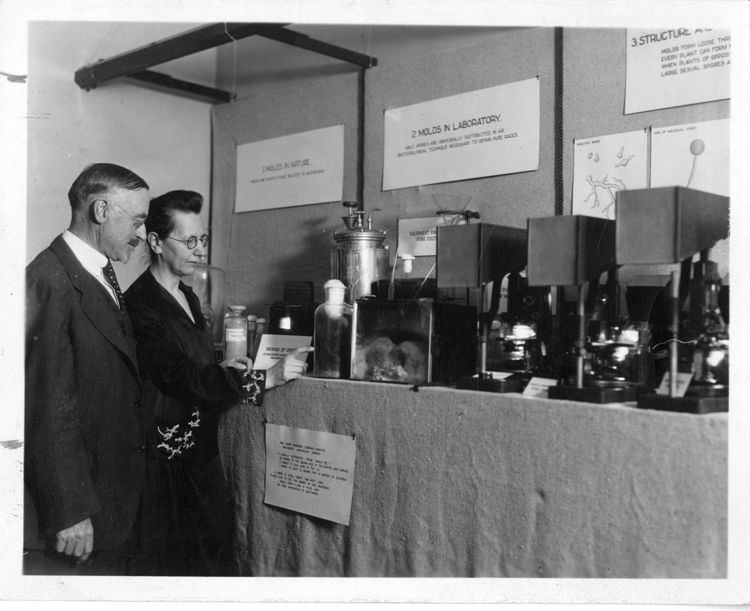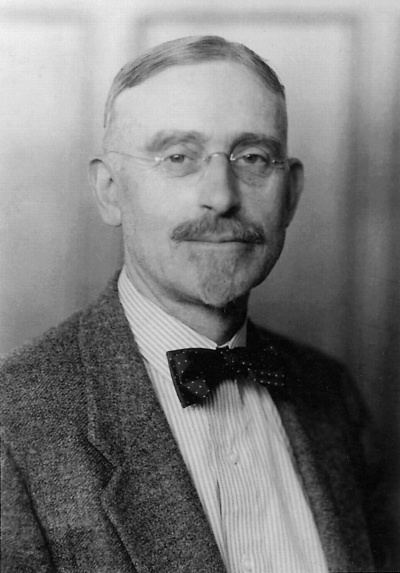Nationality American Fields botanist Name Albert Blakeslee | Role Botanist Known for Jimsonweed | |
 | ||
Books Northeastern Trees in Winter, Sexual Reproduction in the Mucorineae Education | ||
Institutions Carnegie Institution Author abbrev. (botany) | ||
Albert Francis Blakeslee (November 9, 1874 – November 16, 1954) was an American botanist. He is best known for his research on the poisonous jimsonweed plant and the sexuality of fungi. He was the brother of the Far East scholar George Hubbard Blakeslee, who had also studied in Germany at the University of Leipzig in 1902.
Contents

Born in Geneseo, New York, Blakeslee attended Wesleyan University, graduating in 1896. He received a master's degree from Harvard University in 1900 and a doctorate in 1904. He also studied at the University of Halle-Wittenberg in Germany from 1904 to 1906.

Datura, jimsonweed, research
Blakeslee used the jimsonweed plant as a model organism for his genetic research. His experiments included using colchicine to achieve an increase in the number of chromosomes, which opened up a new field of research, creating artificial polyploids and aneuploids, and studying the phenotypic effects of polyploidy and of individual chromosomes.
Blakeslee was a leading figure in the genetics world in the decades before and after World War I. He worked with various plant and animal species, but finally decided on Datura. To farmers it was a stinking, noxious weed. In fact some people were seriously poisoned
when they ate tomatoes grown from a scion that had been grafted onto a Jimson weed stock. But to Blakeslee Datura was “the very best plant with which to discover the principles of heredity.”
Career
His first professorship was at the Connecticut Agricultural College, now known as the University of Connecticut. He was hired by the Carnegie Institution in 1915, eventually becoming its director. In 1941, he retired from the Carnegie Institution and returned to academia, accepting a professorship at Smith College. There he performed his research on jimsonweed.
